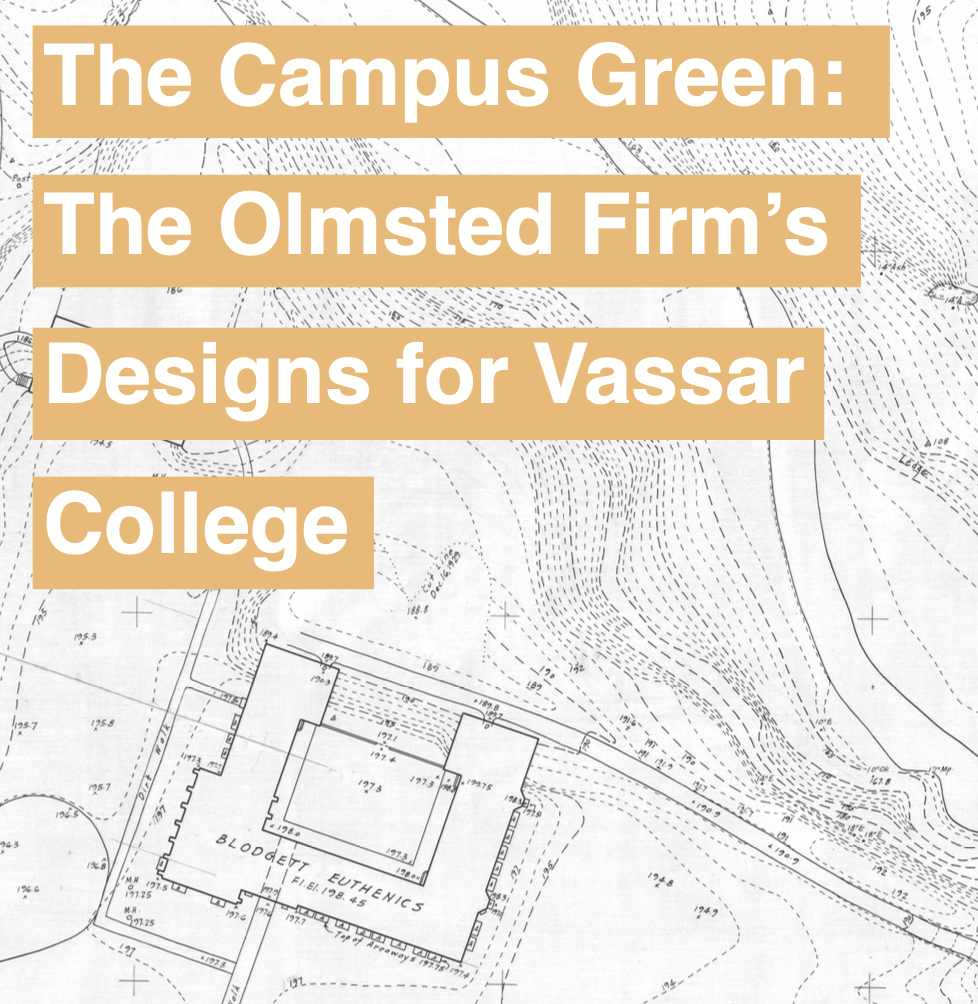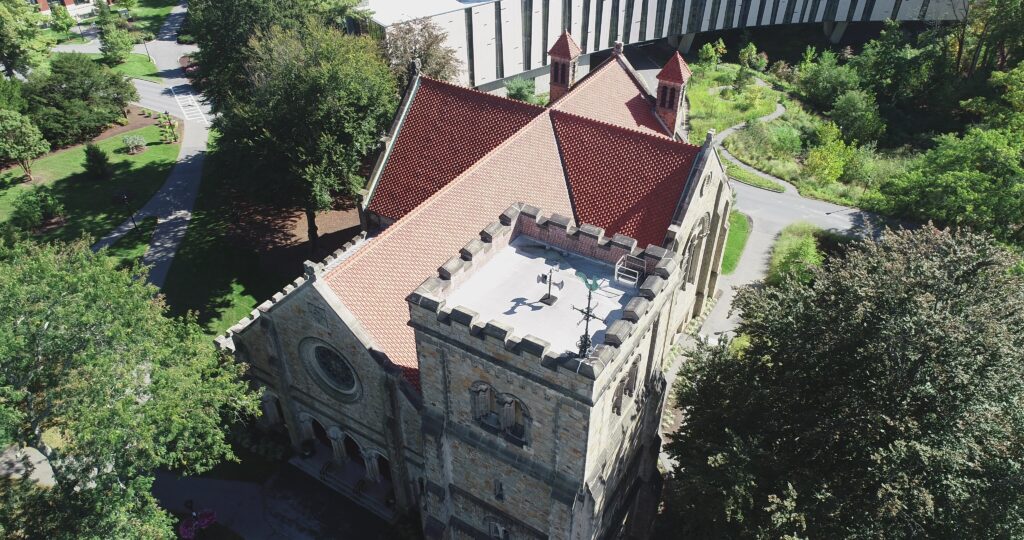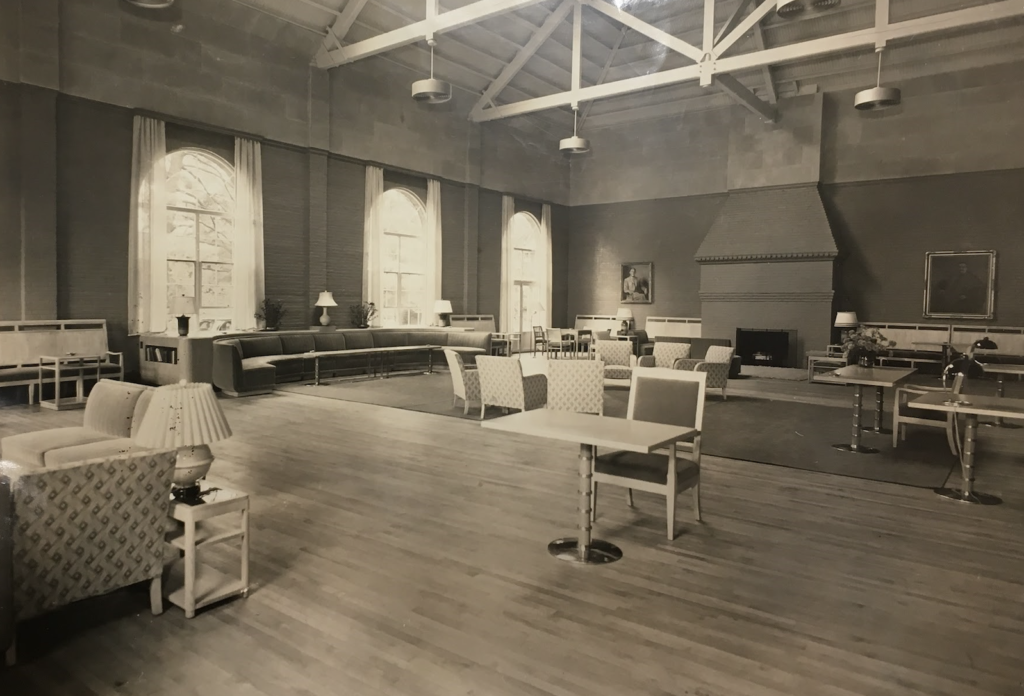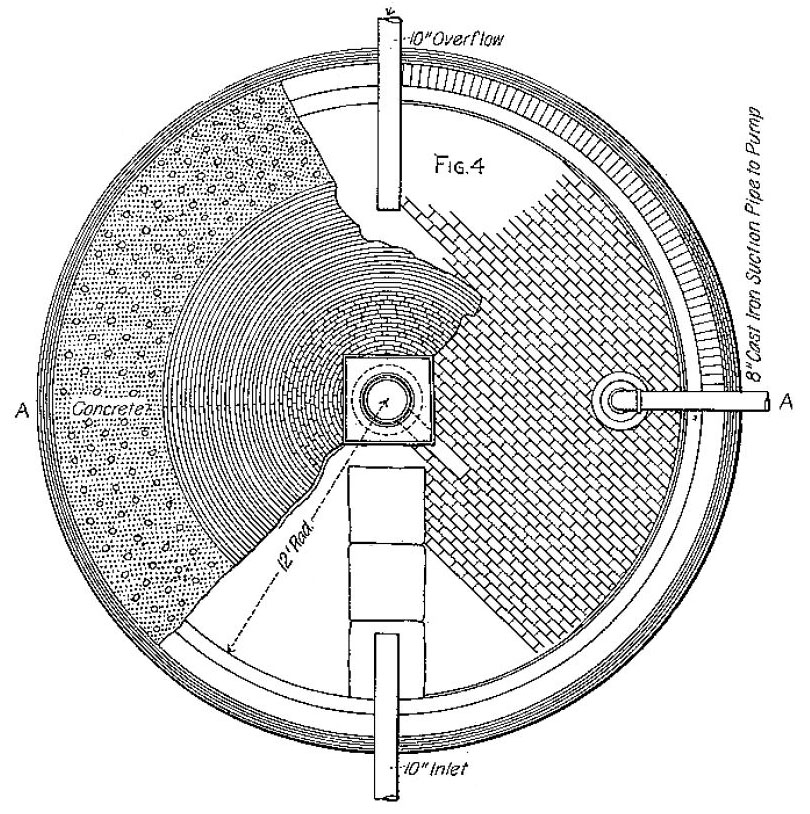A digital repository for research on the history of the architecture, landscape, and soundscape of the Vassar College campus
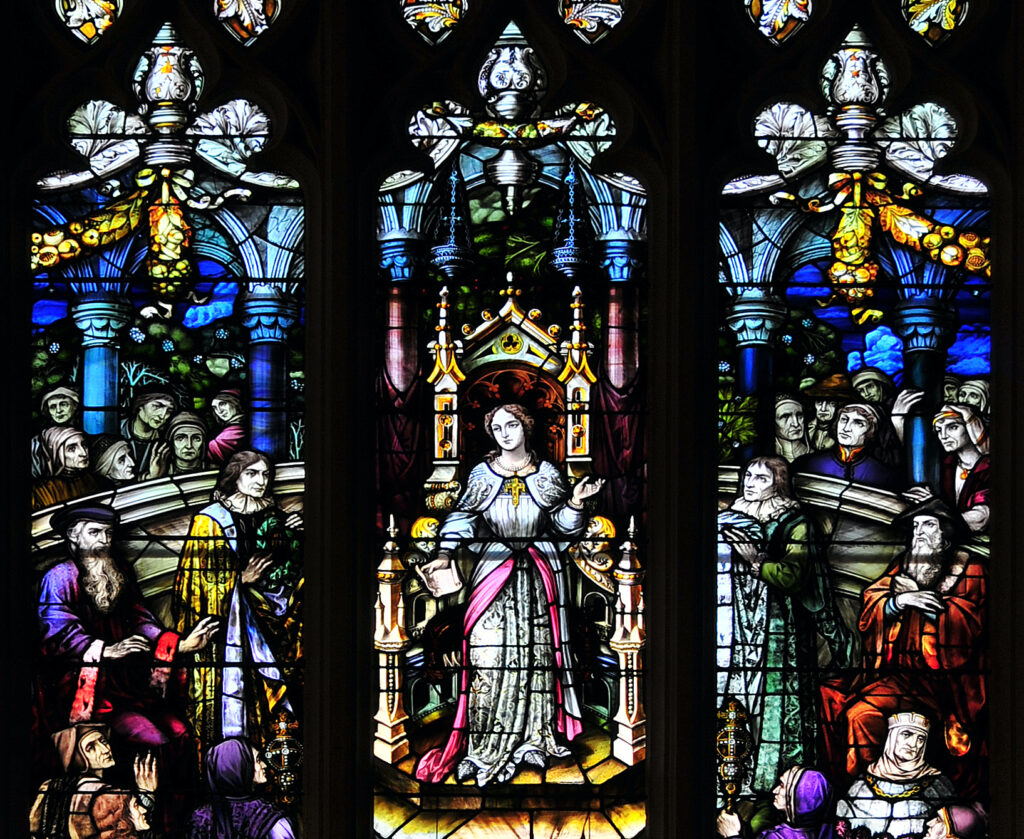
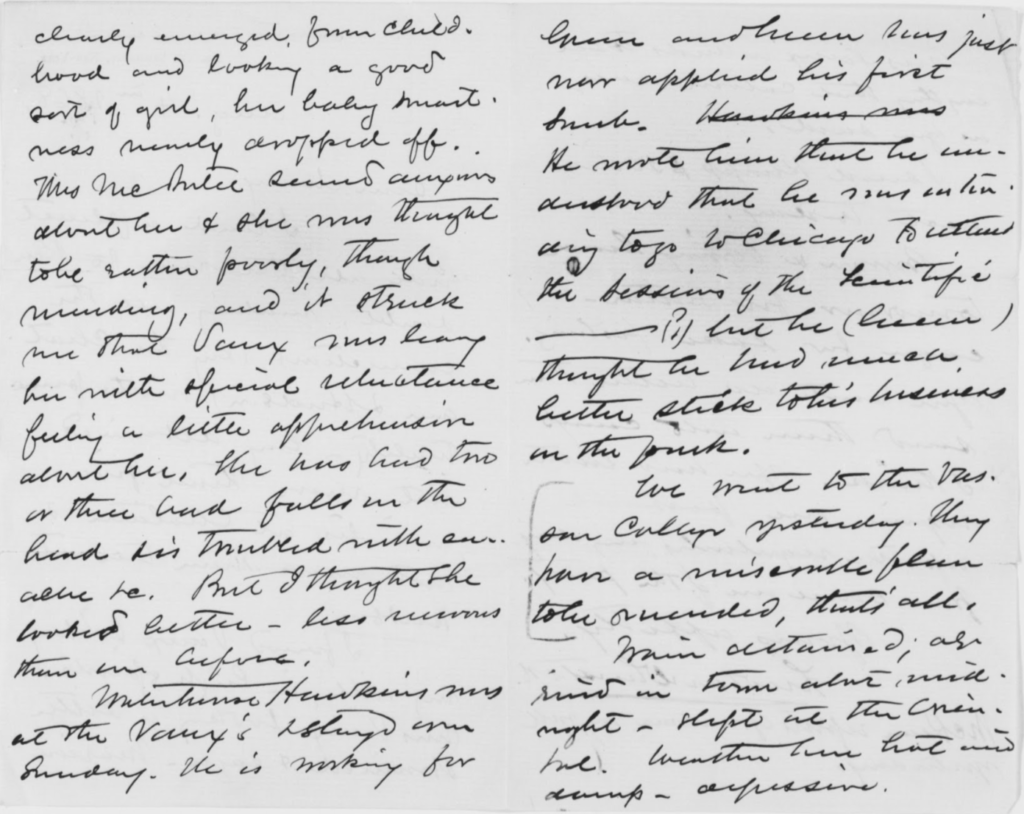
Is Vassar an Olmsted Campus?
There have long been unsubstantiated statements that Frederick Law Olmsted, known as the father of American landscape architecture, designed Vassar’s bucolic campus, or contributed important elements of its plan. In August of 1868, he and his partner Calvert Vaux indeed came to the campus; the next day, Olmsted wrote to his wife reporting his impressions of Vassar: “They have a miserable plan to be amended, that’s all.” What recommendations did they, or other members of the Olmsted firm, contribute to Vassar’s design?
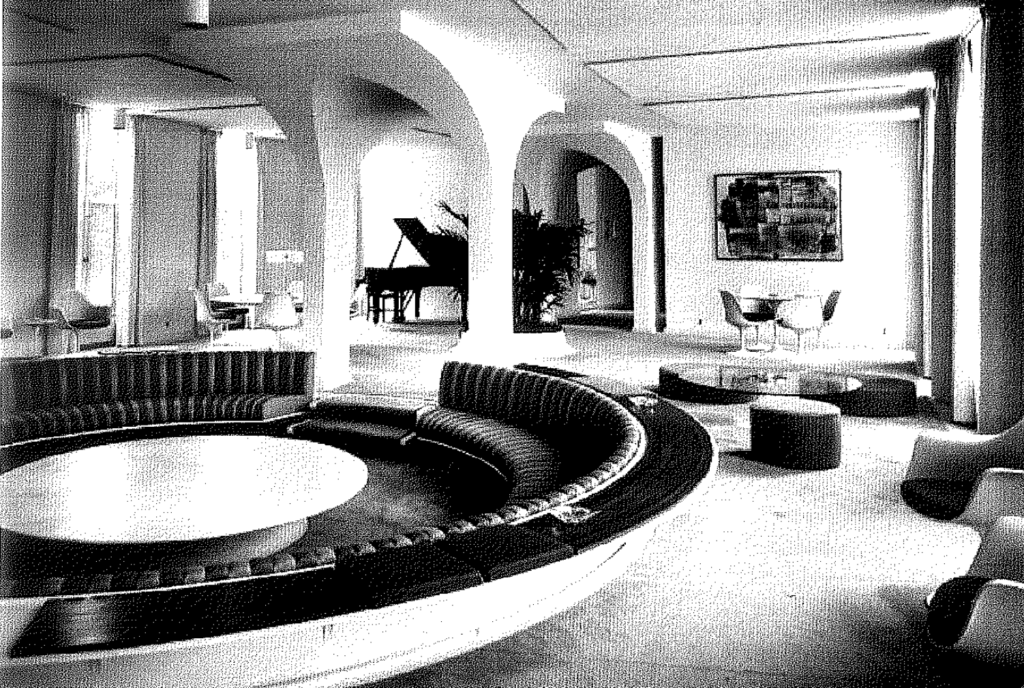
Emma Hartman Noyes House, architect Eero Saarinen
Many people consider Saarinen (1910–1961) the finest American architect of the mid-20th century. Born in Finland, he came to the United States in 1923 with his father, Eliel, also an architect. Although at home in the world of Walter Gropius, Le Corbusier, and Mies van der Rohe, Saarinen was raised in the Scandinavian tradition of fine craft and natural materials. His wife, Aline Saarinen (VC’35), a noted architectural critic, was the person who brought him to Vassar where, in addition to designing Noyes House (1958), he prepared a series of designs for the campus as a whole.
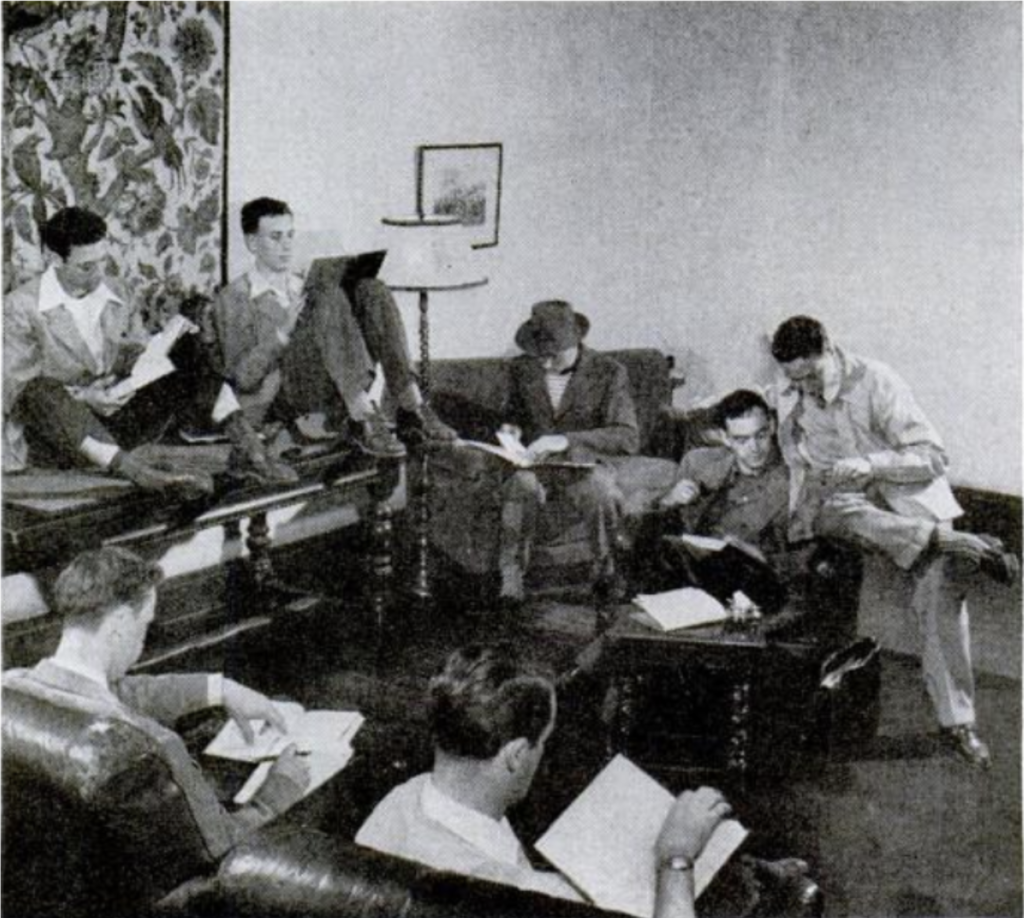

Jeh V. Johnson, FAIA
We are tracing the activities of this important architect-professor, who employed design as a tool of social justice, designed many buildings on campus and in the community, and was an especially beloved teacher and mentor to generations of Vassar students who have gone on in the fields of architecture and design.
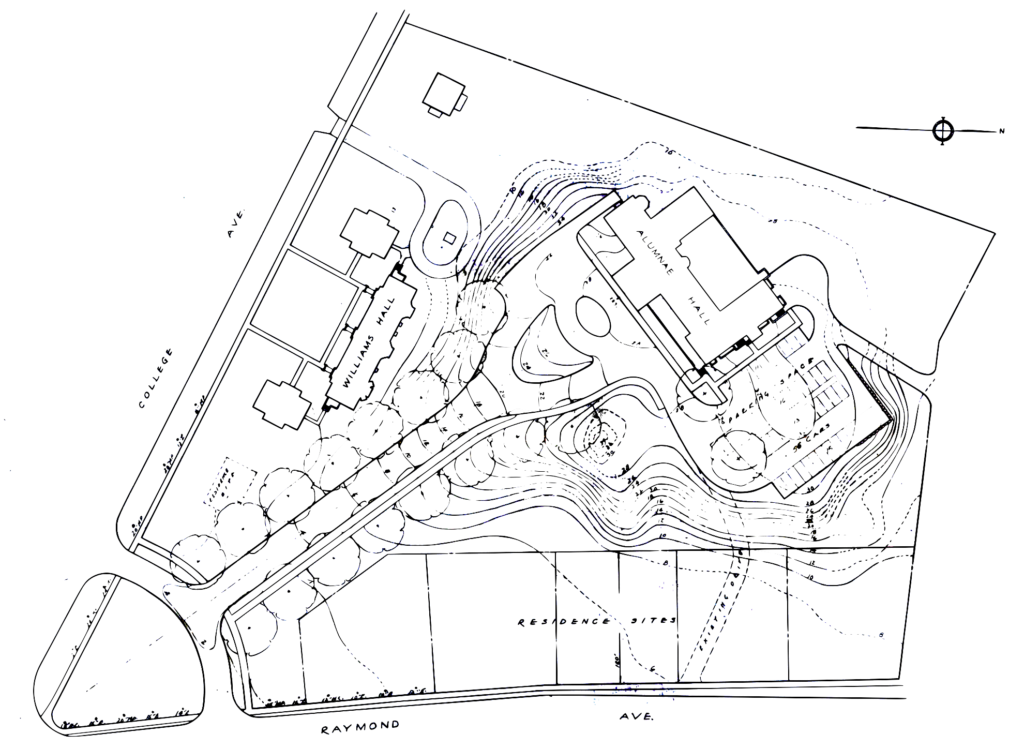
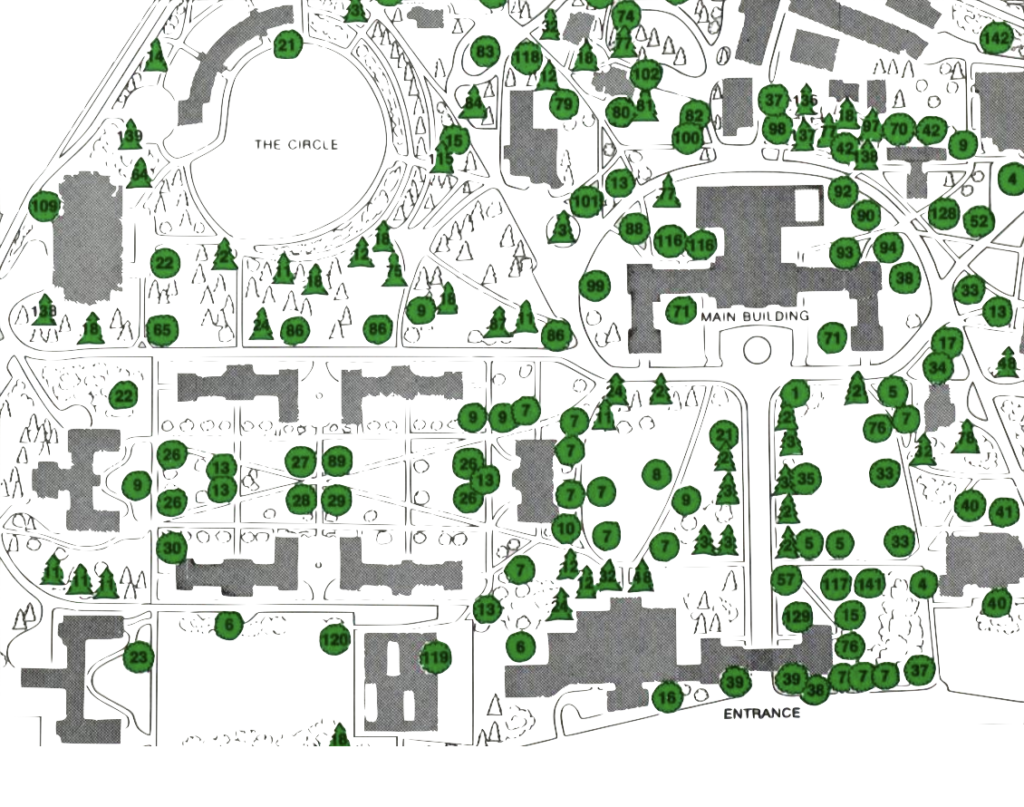

Williams Hall
At the news of the planned demolition of Williams Hall to make way for the Vassar Inn and Institute, Cassie Jain (VC ‘20) shot black and white film images of the building, pairing her own photos with historic images she found in the Vassar archives. The resulting zine is an eloquent eulogy to the building, in text and image.

Beatrix Farrand, Consulting Landscape Gardener
In 1925, Vassar hired Beatrix Jones Farrand, the foremost woman landscape architect in the United States, as Consulting Landscape Gardener (her preferred term). She remained in the post for less than four years, but contributed designs and ideas that shaped the campus in significant ways. This project was the first analysis of Farrand’s little-known designs for the Vassar campus; it chronicled her involvement on campus, as well as the quagmire of obstacles she faced, and set her work in the context of contemporary issues about women’s roles and environmental issues, on the grounds and in the curriculum.
